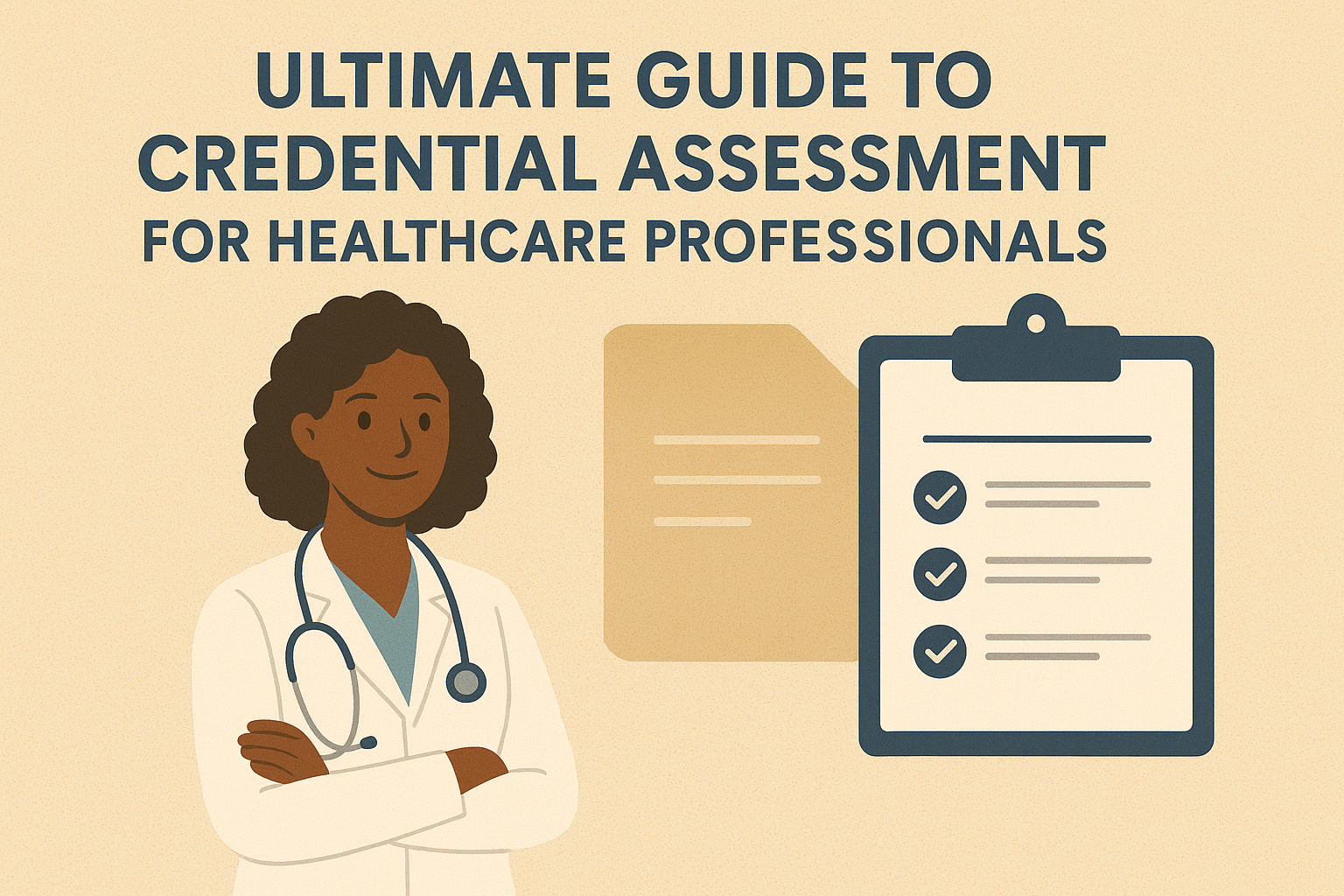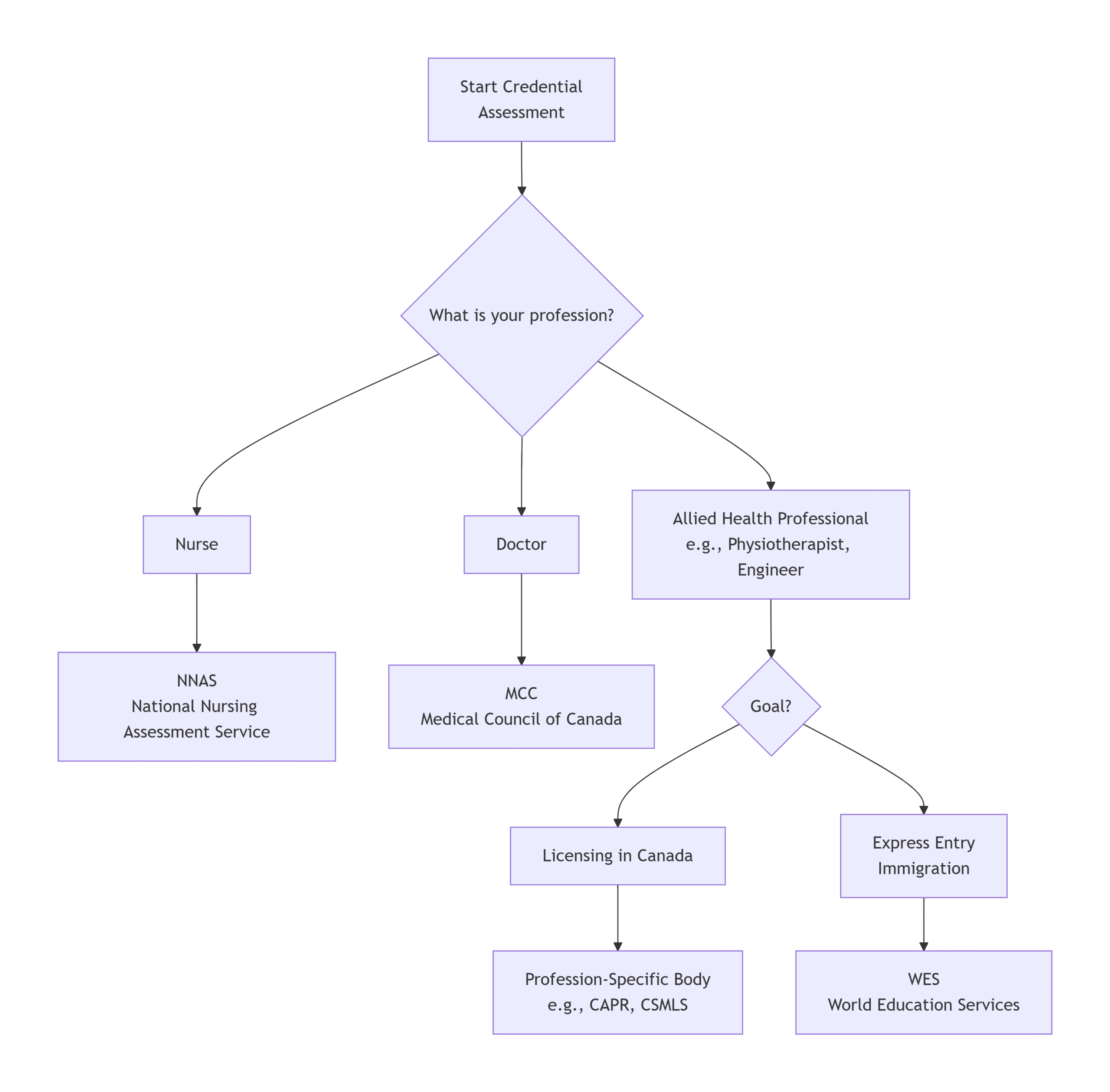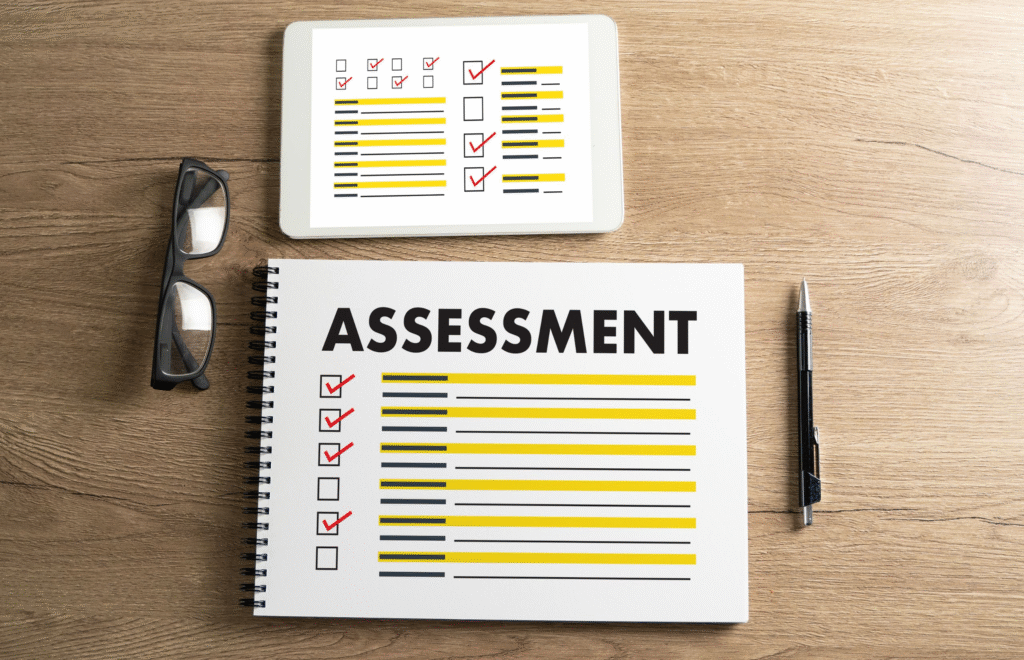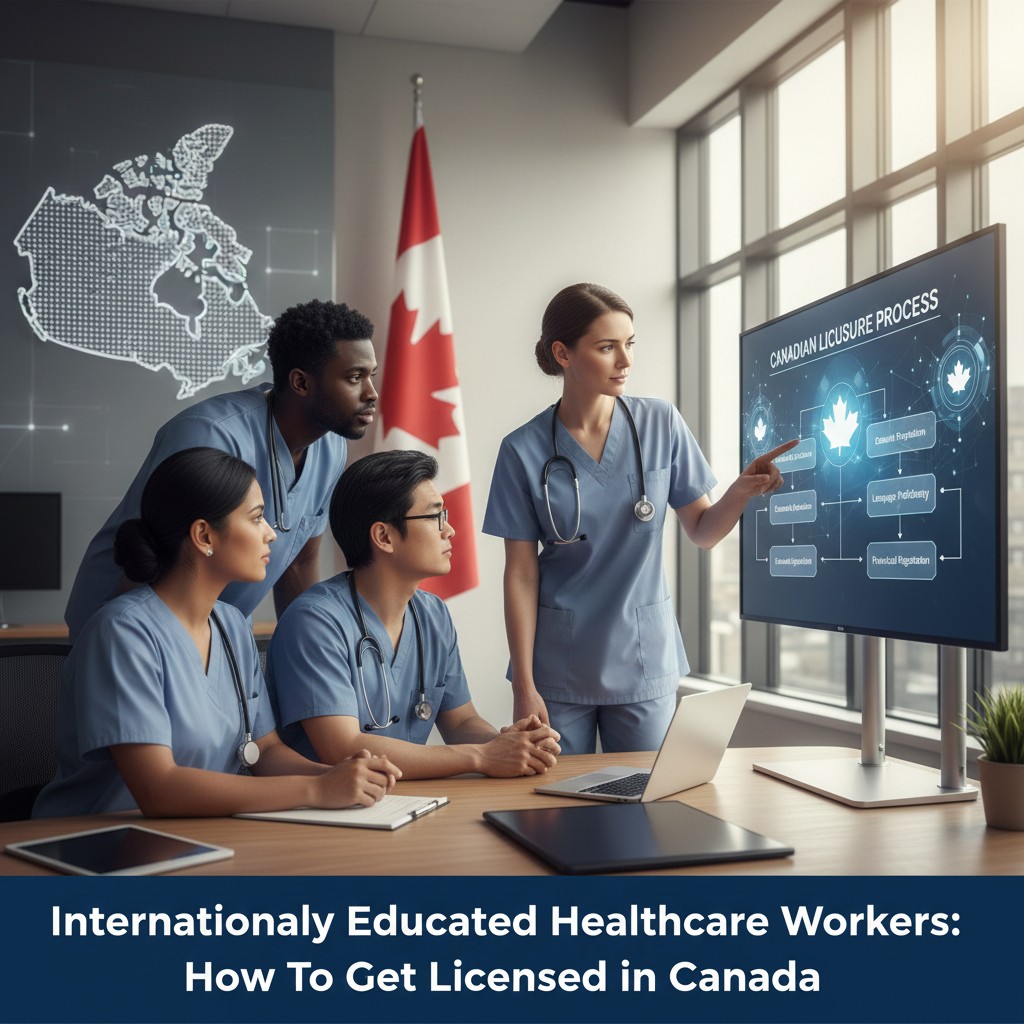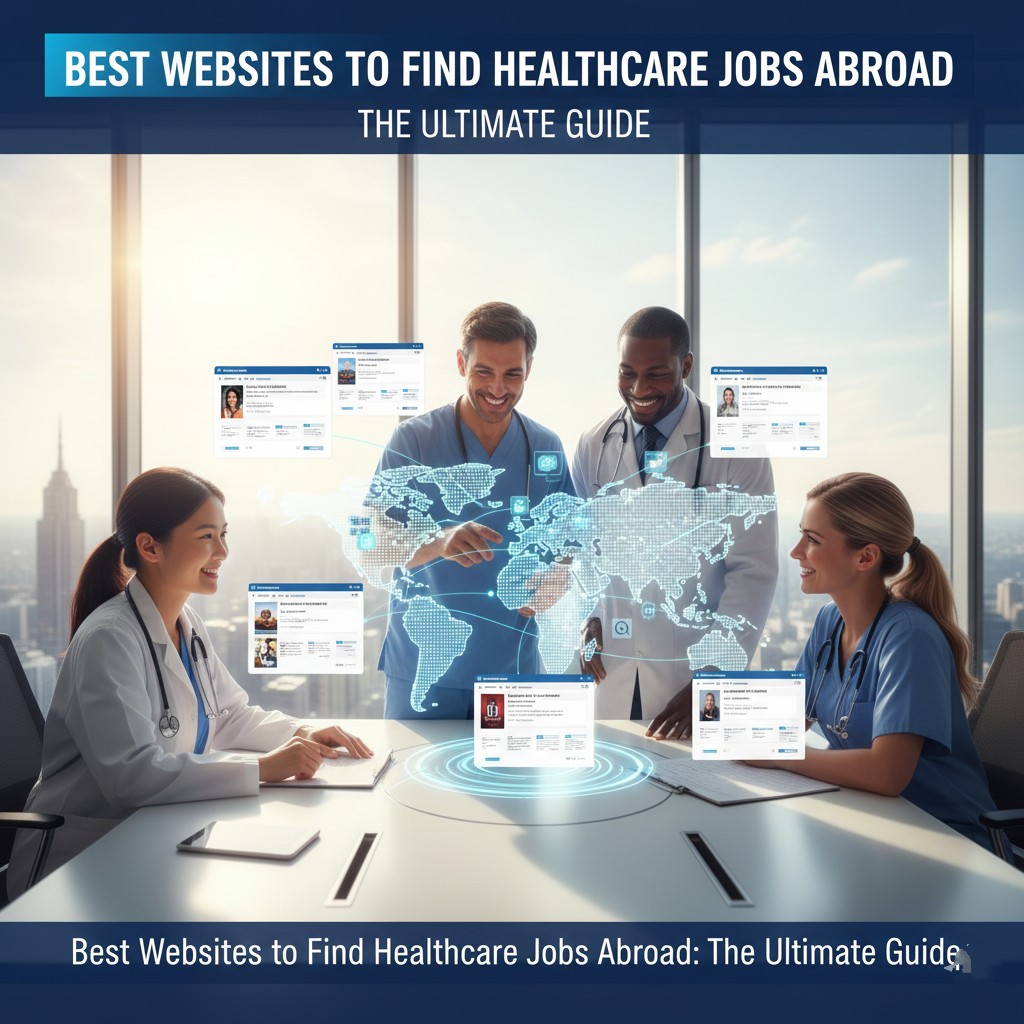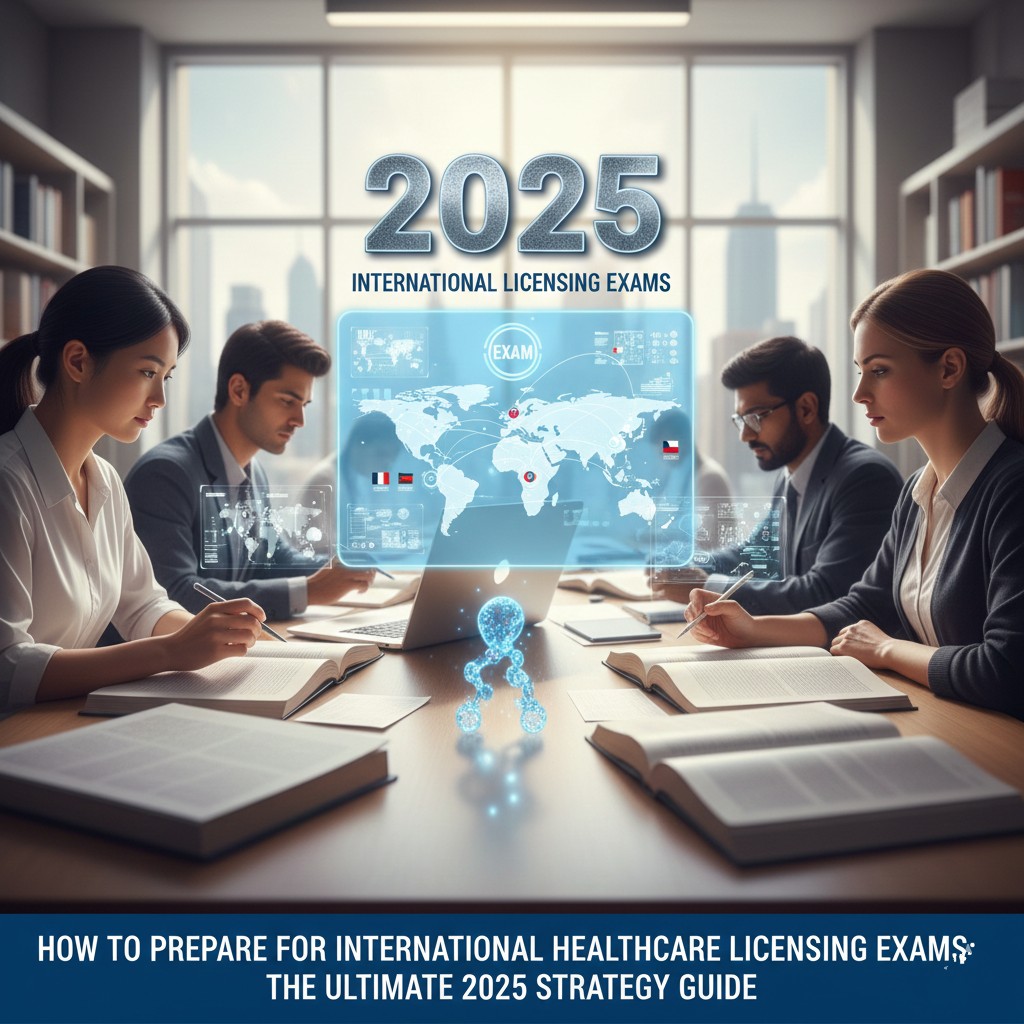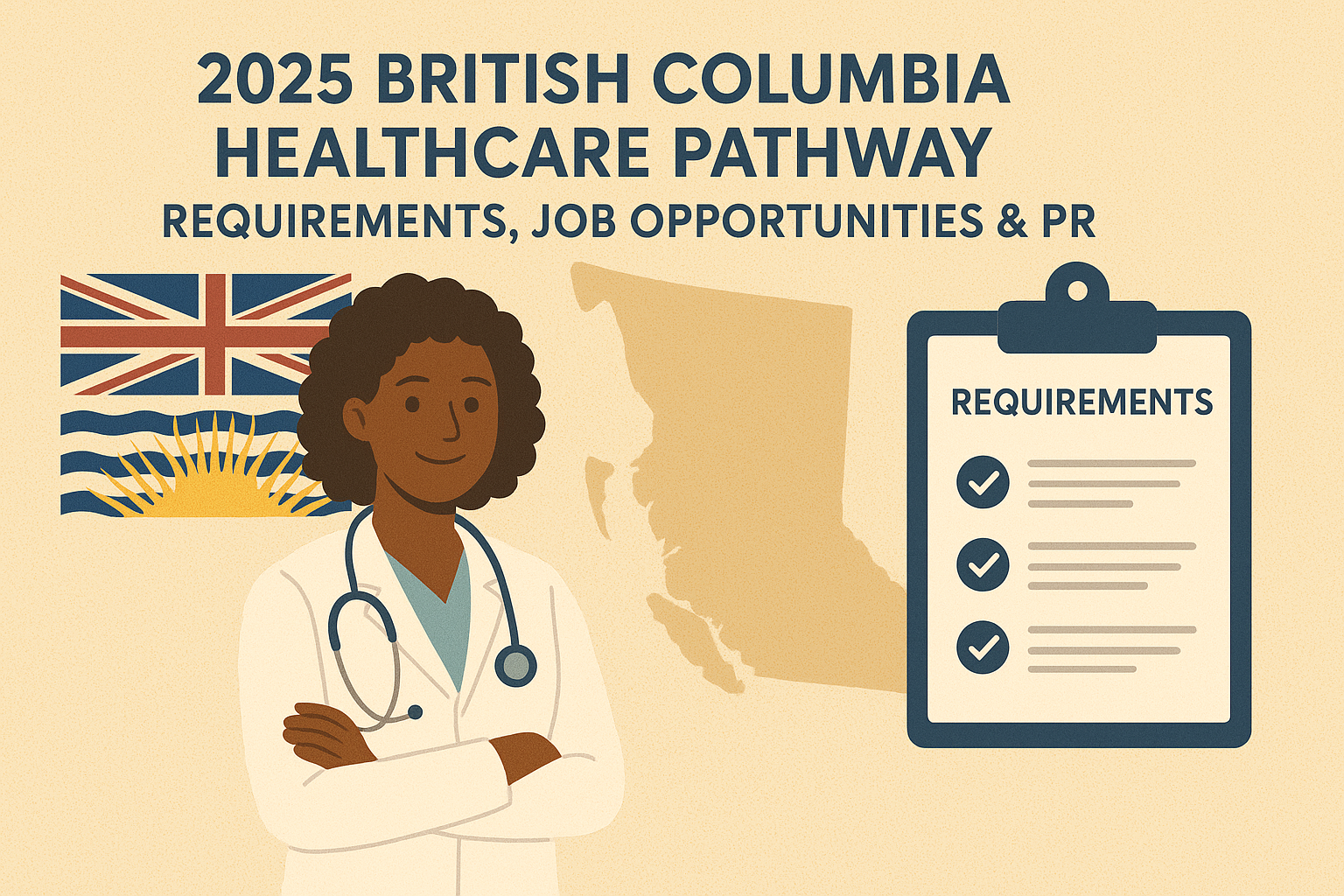For healthcare professionals targeting Canada’s prairie heartland, Manitoba offers one of its most strategic immigration streams. The Manitoba Provincial Nominee Program (MPNP) Healthcare Worker Support Pathway is a dedicated route designed to address critical staffing shortages in the province’s health sector quickly.
This comprehensive guide offers a detailed breakdown of the program, including eligibility requirements, a step-by-step application process, and explains why this pathway is a top choice for nurses, allied health workers, and medical technicians in 2025.
Why Choose Manitoba’s Healthcare Pathway?
Manitoba, with its vibrant city of Winnipeg and strong, welcoming communities, is actively recruiting health professionals. This pathway offers distinct advantages:
- Dedicated Stream: You are not competing with candidates from all other industries.
- Priority Processing: Applications under this pathway are often processed faster.
- Stable Career Path: Manitoba’s public health system offers competitive salaries, benefits, and job security.
- Affordable Living: Enjoy a high quality of life with a lower cost of living than many other Canadian provinces.
What is the Healthcare Worker Support Pathway?
The Healthcare Worker Support Pathway is a targeted stream under the MPNP’s Skilled Worker in Manitoba category. It is for internationally educated and trained healthcare professionals who have a full-time, permanent job offer from a recognised Manitoba health employer.
Unlike some programs that allow you to apply without a job offer, this pathway requires one, making the job search your most critical first step.
Eligibility Requirements: Who Can Apply
To be eligible for the Healthcare Worker Support Pathway, you must meet all of the following criteria:
1. Job Offer from an Eligible Manitoba Health Employer
You must have a full-time, permanent job offer (not seasonal or temporary) from a recognised health employer in Manitoba. Key employers include:
- Shared Health
- Regional Health Authorities (e.g., Prairie Mountain Health, Southern Health-Santé Sud, Northern Health Region, etc.)
- Other approved healthcare facilities
The job offer must be for a position in the National Occupational Classification (NOC) TEER 0, 1, 2, or 3.
2. Work Experience
You must have a minimum of two years of full-time work experience in your healthcare field within the last five years.
- This experience must be directly related to your job offer in Manitoba.
- The experience can be from outside of Canada.
3. Language Proficiency
You must demonstrate minimum language proficiency in English or French.
- Minimum Requirement: Canadian Language Benchmark (CLB) 5 for NOC TEER 2 or 3 occupations.
- For NOC TEER 0 or 1 occupations, a minimum of CLB 6 is required.
- Accepted Tests: IELTS General Training, CELPIP-General (for English), or TEF Canada/TCF Canada (for French).
4. Education
You must have completed a post-secondary education or training program of at least one year in duration that is relevant to your occupation.
- If your education was completed outside Canada, you will need an Educational Credential Assessment (ECA) from a designated organization (like World Education Services – WES) to verify its equivalence to a Canadian credential.
5. Manitoba Licensing
This is non-negotiable. You must hold, or be eligible to hold, the required license or certification to work in your regulated profession in Manitoba.
- For Nurses: College of Registered Nurses of Manitoba (CRNM) or College of Licensed Practical Nurses of Manitoba (CLPNM).
- For Physicians: College of Physicians and Surgeons of Manitoba (CPSM).
- For Allied Health: You must contact the specific provincial regulatory body for your profession (e.g., College of Physiotherapists of Manitoba).
You must start the licensing process before you receive a nomination.
6. Settlement Funds
You must prove you have sufficient, unencumbered funds to support yourself and your family upon arrival in Manitoba, as per the MPNP’s requirements.
Your Step-by-Step Guide to a Successful Application
Step 1: Secure Your Manitoba License (Start Here!)
Contact the Manitoba regulatory body for your profession immediately. Understand the requirements, which may include submitting documents, taking exams, and completing adaptation programs. This is the longest step.
Step 2: Find a Job with an Eligible Manitoba Health Employer
Simultaneously, begin your job search. Use the career pages of Shared Health and the Regional Health Authorities. A successful job offer is your key to the next step.
Step 3: Get Your Credentials Ready
- Take a Language Test: Book your IELTS/CELPIP (English) or TEF/TCF (French) test. Aim for a score higher than the minimum to strengthen your application.
- Get an ECA: Apply for your Educational Credential Assessment through WES or another designated organization.
Step 4: Submit an Expression of Interest (EOI) to the MPNP
Once you have your license eligibility and job offer, create an EOI profile in the MPNP system. You will be ranked based on factors like:
- Language skills
- Age
- Work experience
- Education
- Connections to Manitoba
Step 5: Receive a Letter of Advice to Apply (LAA)
The MPNP regularly draws from the EOI pool. If you are selected, you will receive an LAA, which is your invitation to apply for provincial nomination.
Step 6: Submit Your MPNP Application
After receiving the LAA, you have a limited time to submit a complete application to the MPNP with all supporting documents.
Step 7: Receive Nomination & Apply for Permanent Residence
- If approved, you will receive a Manitoba Provincial Nomination Certificate.
- You then use this nomination to apply for permanent residence to Immigration, Refugees and Citizenship Canada (IRCC). A provincial nomination significantly strengthens your federal application.

Processing Times & Fees
- MPNP Processing: The MPNP aims to process applications, but timelines can vary. The Healthcare Worker Pathway is a priority, but expect several months for assessment.
- Federal PR Processing: After nomination, IRCC processing can take an additional 12-18 months.
- Fees:
- MPNP Application Fee: $0 (There is no cost to apply for the provincial nomination).
- Federal PR Application Fee: $1,365 CAD for a principal applicant.
Why the Manitoba Pathway is a Smart Choice
- Targeted Approach: The program is designed for your specific skills, reducing competition.
- Strong Provincial Support: Manitoba is highly motivated to retain healthcare talent, offering a welcoming environment and settlement services.
- Community Focus: For those seeking a strong sense of community and a balanced lifestyle, Manitoba is an ideal destination.
Common Pitfalls to Avoid
- Delaying the Licensing Process: This is the #1 cause of delays. Start the moment you decide Manitoba is your goal.
- Applying Without a Valid Job Offer: You cannot enter this pathway without a confirmed job from an approved Manitoba health employer.
- Inaccurate EOI Information: Any discrepancy between your EOI and your application can lead to refusal. Be precise and honest.
- Letting Documents Expire: Ensure your language tests and ECA report will be valid throughout the entire application process.
Your Manitoba Healthcare Pathway Checklist
- Researched and contacted my Manitoba regulatory body.
- Initiated the licensing process (submitted documents, booked exams).
- Created a profile and applied for jobs on Shared Health and Regional Health Authority career pages.
- Booked and passed a language proficiency test (aiming for CLB 6+).
- Applied for an Educational Credential Assessment (ECA).
- Prepared all my personal and professional documents (passports, reference letters, diplomas).
The Manitoba MPNP Healthcare Worker Support Pathway is a golden opportunity for healthcare professionals seeking a stable, rewarding career and a clear path to Canadian permanent residence. By understanding the requirements and following this strategic guide, you can efficiently navigate the process and soon be calling the friendly and affordable province of Manitoba your new home.

